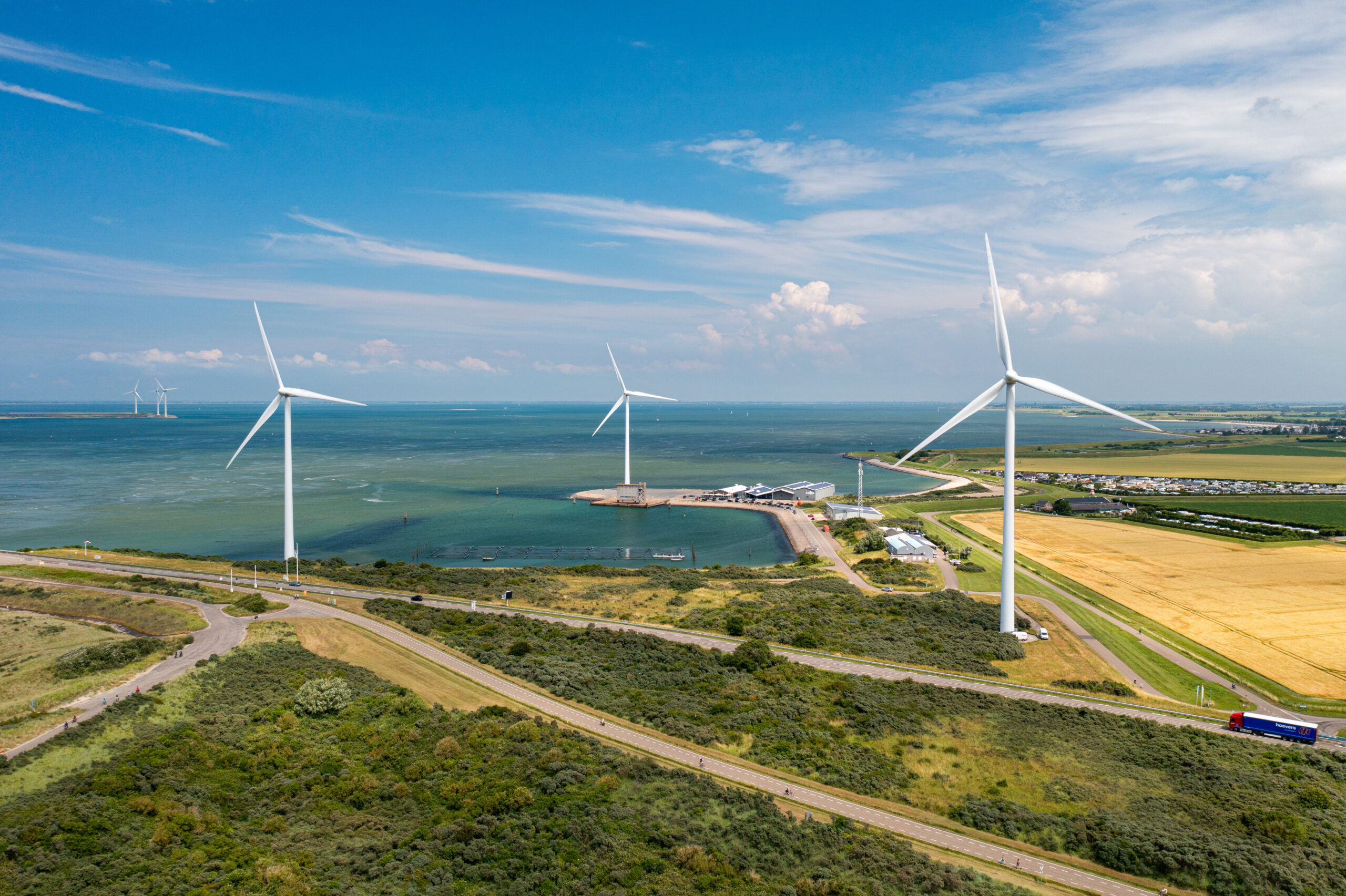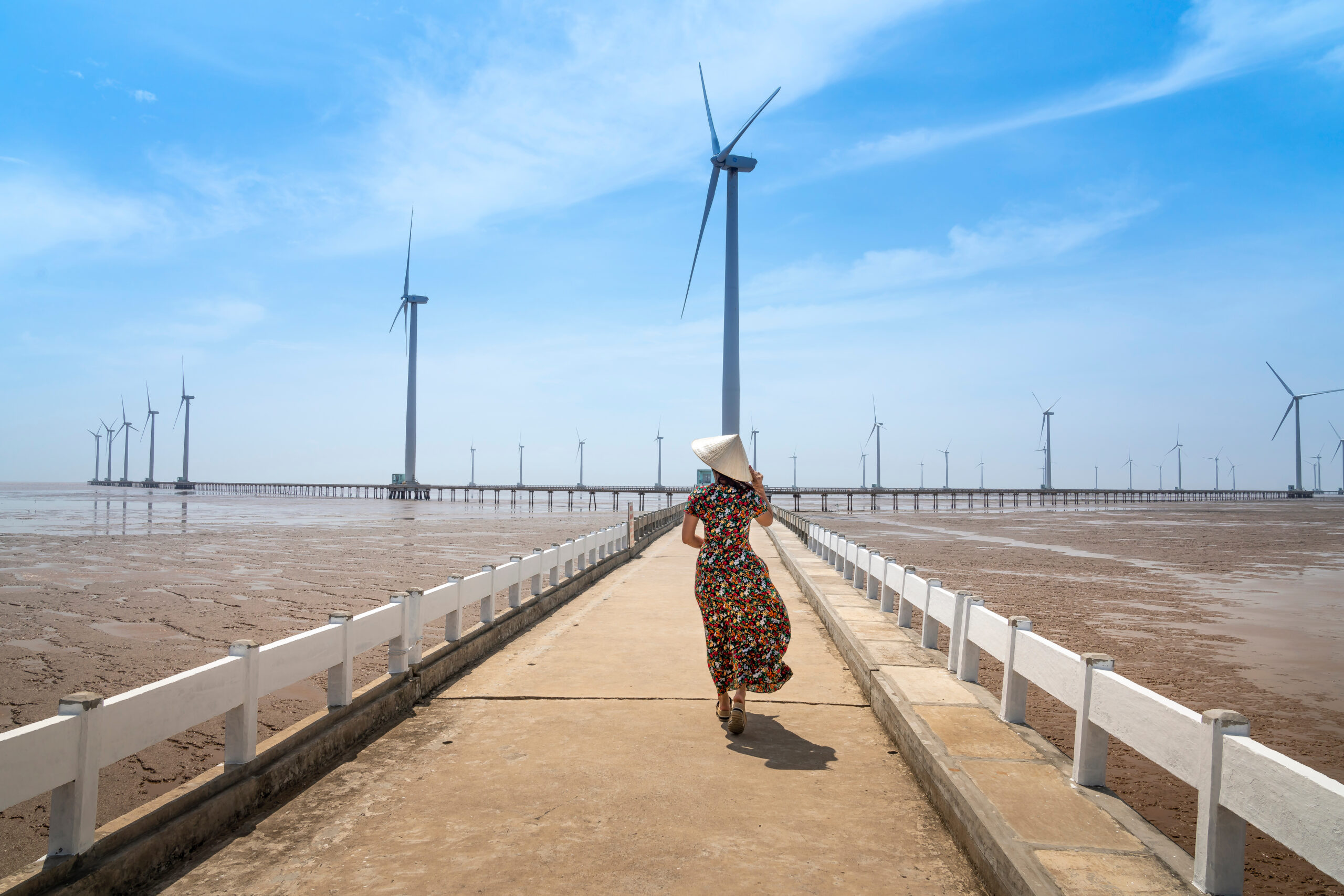One year on from Nord Stream, German LNG booms
With four new German LNG terminals and eight FSRUs planned, some fear that lawmakers are overcompensating for the loss of Russian pipelined gas.

One year on from the Nord Stream pipeline explosions, the German LNG sector is growing at a rapid pace but is the country becoming LNG-fixated?
German energy policy may be ratified in the German Houses of Parliament, but anyone who wants a real world, visceral understanding of it should not visit the Bundestag or the Bundesrat, but instead go to the small town of Lubmin, on the country’s north-east Baltic coast.
But why Lubmin? What is so special about a tiny coastal backwater, which is home to around 2,000 people? For anyone reading this article who is not German, Lubmin is much more than just a seaside resort. It is where the Nord Stream pipelines end. Before they were mysteriously sabotaged last year, the Lubmin terminal used to receive 170 million cubic meters of gas each day, which helped power the country. However, while some see Lubmin as a symbol of Germany’s dependence on Russian energy, a year after the Nord Stream pipelines were sabotaged, it has also become a totem for Germany’s energy future.
Lubmin, you see, is home to the Neptune floating storage and regasification unit (FSRU), which ensures that LNG imported from the U.S. can be used to heat homes. According to the Federal Ministry of Economics and Climate Action, who provided answers to Gas Outlook questions in a statement, it is one of three LNG terminals “that are up and running.” The Federal Ministry also confirmed that “at least two more will follow this winter.”
That was confirmed by Reuters on September 20 when it reported that in addition to the FSRUs at Lubmin, Wilhelmshaven and Brunsbuettel, the inland port of Stade on the River Elbe, would house an FSRU, while another at Mukran will be ready next winter.
In the wake of the LNG Acceleration law, which paved the way for eight FSRUs and four German LNG terminals, some fear that the lawmakers are overcompensating for the loss of Russian pipelined gas, which made up over half of its supply before the Russia-Ukraine war.
German LNG: a fixation?
So is Germany in danger of becoming fixated with LNG just as it was with Russian gas?
“No,” says Professor Florian Ziel, an energy expert at the University of Duisburg-Essen. “The main imported energy source is pipelined gas from Norway, which accounts for more than 40 percent of supply. Other European nations with coastlines such as France and Spain have many more LNG terminals than Germany. That said, Germany is investing heavily in LNG infrastructure right now, and while only 10 percent of its natural gas consumption is imported LNG, it could, however, increase to 20 percent depending on the severity of the winter.”
But if Germany experiences a very cold winter, which Professor Ziel says could happen “due to it being an El Nino year,” would the gas supply remain stable and balanced, also taking into account the fact that the spot market is likely to be a lot tighter this year with Chinese imports set to increase by as much as ten percent?
Ziel says, “The price of LNG on wholesale markets is still relatively low. It will not be a major issue for Germany if China or other large consumers increase their supply. However, if Germany experiences a harsh winter, which is possible, despite the storage levels currently at 94.56 percent, according to the energy regulator, Bundesnetzagentur, it might face some challenges, especially, if the weather causes serious damage to our critical energy infrastructure.”
However, Ziel believes that Germany’s expansion of renewable energy will probably be enough to see it through a severe winter.
Hydrogen – the fuel of the future?
But could it be that Germany’s calculated bet on hydrogen as a fuel of the future weans it off fossil fuels altogether?
As part of a statement provided by the German Federal Ministry of Economics and Climate Action, Susanne Ungrad said she had to “reject the thesis that we are fixated on LNG.” She said that “Germany wants to be off fossil fuels by 2045 at the latest.” In order to reach this target, she also confirmed that Germany is aiming to be “80 percent renewable by 2030,” while at the same time, she noted that “the country has just adopted the National Hydrogen Strategy.”
But with the federal ministry still placing great importance on energy security, particularly around industrial processes, Germany has ensured that its fixed LNG terminals will be built hydrogen-ready.
Professor Ziel thinks that this “is a sensible move.” But will it transform the economy as many in the Federal Ministry of Economics and Climate Action hope and what are the best use cases for hydrogen?
With fossil fuel powered boilers being phased out by 2045, Professor Ziel does not think hydrogen is necessarily the best energy source for domestic heating, nor is biomass. “Heat pumps are a much better alternative, as it would be extremely costly and inefficient to convert renewables energy into hydrogen and burn this as heat.”
H2 Net plan
However, in the short-term at least, Ziel thinks the future of hydrogen is inextricably linked to solar and wind. He points to the tweaks made to Germany’s H2 Net plan in July, which have shifted the renewable energy narrative away from wind and more towards solar.
He explains, “Germany is not really betting on hydrogen in this respect, but rather the future of renewables. Interestingly, Ziel predicts that Germany’s renewable power base will shift towards solar over the course of the next decade.”
At first glance, however, this doesn’t appear to add up. There are only twenty days of the year when the wind doesn’t blow in Germany, whereas from October to February it is only possible to produce a sixth of the solar energy that is produced in an average year. So why plump for solar, rather than wind, which is more a reliable constant in Germany?
The answer says Ziel lies in the ability to capture it, giving solar rich potential. He explains, “Germany has not only exceeded its solar targets, but this year there was so much sunlight that electricity wholesale prices went down to -500 EUR/MWh. We expect this to be a trend over the next few decades.”
Energy storage concerns
But this begs the question, how do you store the extra energy generated by solar for the winter months?
Ziel explains, “Using batteries to store solar energy for the winter is simply not practical. But this where hydrogen comes into its own. It can be used for long-term storage from anything from a month to a year and it is much more cost-effective than battery energy storage.”
That doesn’t mean that wind won’t also play a key role thinks Ziel. “Germany generates a lot of wind from both offshore and onshore wind in the north, and wind power will continue to be a focal part of Germany’s future energy story for decades to come. But while batteries are quite an efficient way of storing wind power, it is only really possible to store the electricity generated by the wind for a few days. This is why the German government has accepted solar, rather than wind power, to be the central driving force behind its renewable strategy.”
Stretched finances
However not everyone is convinced by Germany’s green energy strategy. Take Aoife Foley for example. Professor Foley, who is the Chair of Net Zero Infrastructure at The University of Manchester, worries about how Germany will pay for such an ambitious project.
She says, “Some European taxpayers are by two degrees of separation already part paying for the failed Nordstream 2 gas pipeline. We seem to forget that it was 49% funded by Shell, Engie, Uniper and Wintersell. They are also picking up the tab for the Gazprom Germania also known as Sefe, which was nationalised last year after Uniper.”
The question is, with taxpayers suddenly being asked to cover the cost of both old and new energy infrastructure, how long can the energy price, which has always been heavily subsidised by the government, stay low?
In May, Foley says the German government “made plans to set aside four billion euros each year to subsidise electricity prices for energy-intensive industries, to shield businesses from high electricity prices.”
“The German people could be in for a shock when they need to pay back. There is no such thing as a free lunch,” she adds.
As for Germany’s National Hydrogen Plan, Professor Foley does not believe that it “will significantly accelerate the ramp-up of green hydrogen,” as the Federal Ministry of Economics and Climate Action claims.
“How many nations have had hydrogen’s highways over the last few decades? In 2005, in the USA, the Republicans published a Green Hydrogen Plan, which was championed by President Bush and included such a highway. But it failed to get off the ground. Other nations have also tried it and failed. So, I am a sceptical as to whether Germany will be able to make it work. Denmark’s is closing its light-duty H2 refuelling stations serving passenger cars as they are not profitable and can’t compete currently with EVs, but this may change in the future. Hydrogen and Ammonia will probably be better applied in industrial applications, where electrification is not feasible.”
Whether it succeeds or fails, with the wind-powered electrolysers likely to be installed into the Nordstream 2 terminal, the sleepy town of Lubmin, where it is situated, will continue to be front and centre of Germany’s ever evolving energy narrative.



